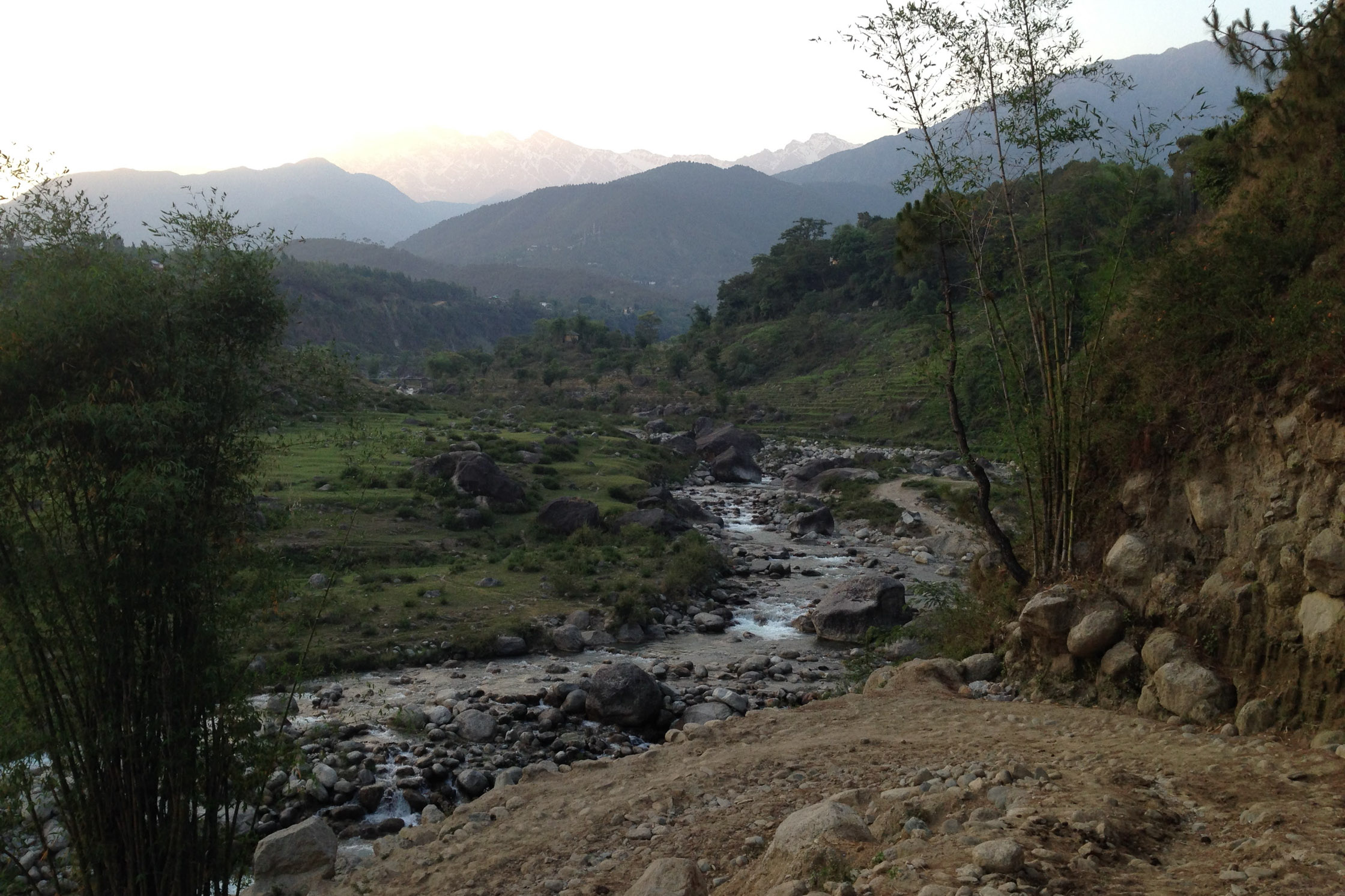
Central Palampur derives around 10% of its water supply from a spring just to the north of the settlement. The origins of the spring lie beneath a forest that has in the recent past been harvested and degraded to a significant degree through the herding and fuelwood needs and actions of the inhabitants of three hamlets just upstream of Palampur. During these periods of intensive forest extraction, flowing water quantities declined towards the centre of town. In order to address the suspected link between forest use and water flows, local NGOs and researchers teamed up to address the land use and community issues that were leading to the over-extraction of forest products. In order to do this, the Municipal Council (MC) was brought on board to provide a financial incentive to the upstream hamlets to modify their practices. This research and paper looks at how this agreement – termed a Reciprocal Water Access (RWA) agreement between the hamlets and the MC – came about, was negotiated and implemented, with what consequences and longevity.

The design of the agreement required significant persuasion and time investment from external stakeholders, who subsequently withdrew after RWA implementation, which occurred in 2010. After these supporting agencies left, the RWA was maintained by the local communities and payments continued to be made by the Municipal Council, however, environmental monitoring and verification of the forest-water relationship ceased entirely, and does not appear of great consequence to either parties. Since the adoption of the agreement, water levels from Bohal spring have been high and the MC has received no complaints as to water quality or quantity in this period.

In contrast, the advent of cash payments to the upstream hamlets have brought about a number of institutional changes and a rise in conflict within the community as a result, which were not predicted or envisaged by the original agreement. For example, intra-community tensions around the select nature of community membership to the new forest association almost paralysed the functionality of the group; the need for a guard to protect the forest also suffered from the differential application of rules undertaken by the guard, such that some families felt unfairly treated and thus started to flaunt the rules. Most problematically, the new forest association faced a court case that stemmed from the construction of electrical power-lines set to distribute electricity from a new nearby hydropower dam. This process drained the small community of social and financial resources, although the case ended with a settlement; however, the introduction of further money to the community further disrupted the trust, relationships and leadership responsibility required for the forest association to function.

In these ways, we investigate in this article the long-term needs and consequences of introducing financial payments and contractual arrangements between small up-stream and larger down-stream water users. RWAs require ongoing supporting institutions, motivation, monitoring effort and review (and updating, as necessary) for their objectives to be met.